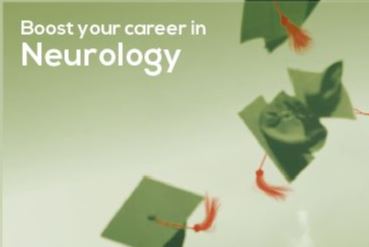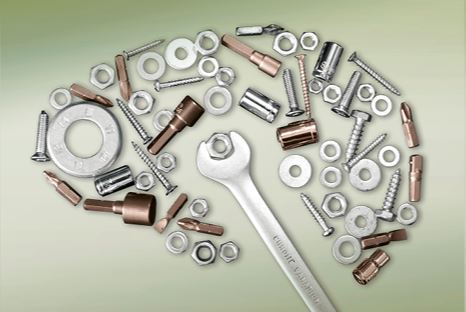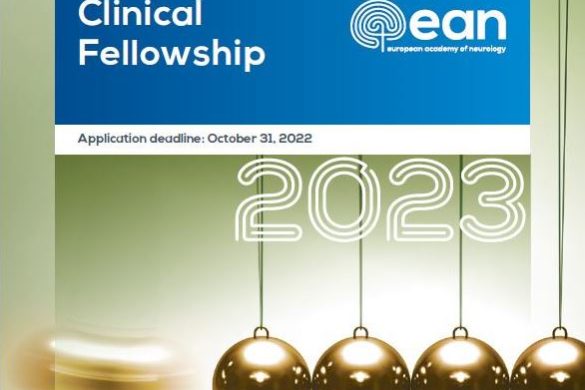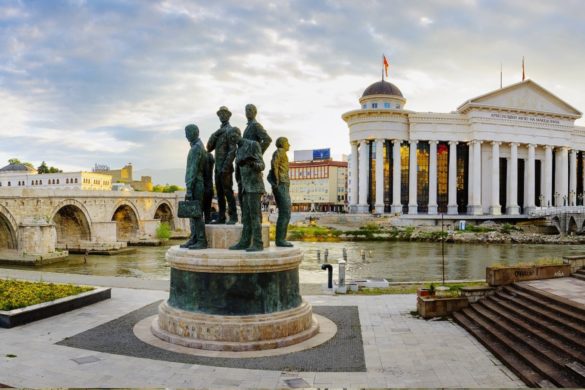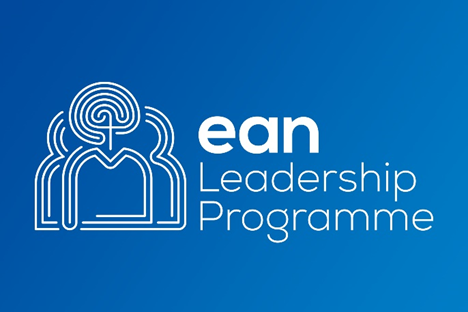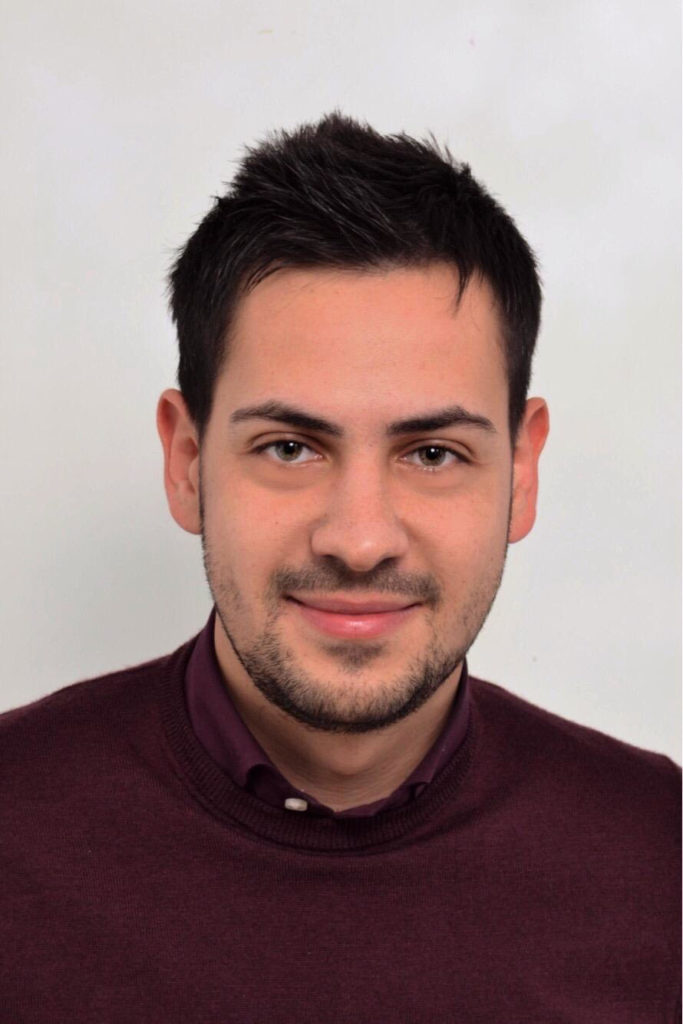
Pietro Falco, Roma, Italy
Term of the Fellowship: 6.9. – 21.11.2021
Hosting department: Department of Neurology, Radboud University Medical Center, Nijmegen, the Netherlands
Supervisor: Prof. Nens van Alfen
Thanks to EAN, I had the opportunity to attend the clinical neurophysiology department (KNF) of Radboud University, in the Netherlands, for 11 weeks. I choose this destination because it’s a third-level center specialised in neuromuscular ultrasound, directed by Prof. Nens van Alfen, one of the world’s leading expert clinical neurophysiologists in this field. My starting goals were to learn to manage all the technical and clinical aspects of neuromuscular ultrasound and to correctly learn its’ integrated use with the other diagnostic tools available for the pathologies of the peripheral nervous system.
I can say that I fully reached (and perhaps improved on) my goals. In my daily activity at Radboud I initially learned all the technical aspects of high-resolution nerve ultrasound and qualitative and quantitative analysis of muscle ultrasound, thanks to the amazing team of laboratory technicians and doctors, who have been very open to teaching. Over the weeks I reached technical autonomy in the execution of ultrasounds, acquiring some experience also in the scanning of the most difficult nerves to study and the most insidious pathologies. The high professionalism of Prof. van Alfen and her team (especially of Dr. C. Saris and Dr. J. Wijntjes) allowed me to improve my skills day after day and to achieve a degree of autonomy in the execution, interpretation and reporting of neuromuscular ultrasound. I also followed other departmental activities, such as electromyography, polymyography and ultrasound guided infiltration of botulinum toxin, learning their approach to these methods.
In general, it really was an excellent experience and I carry with me an enormous baggage of new scientific, as well as human knowledge. In fact, I was immediately welcomed as part of the team and this made the difference.
Speaking of the economic aspect, I must admit that Nijmegen is a small city that hosts a huge number of students, so it is almost impossible to find accommodation for just a few weeks. I therefore had to rely on one of the few long-term bed and breakfasts available. Expenses slightly exceeded my budget made available by the EAN.
In conclusion, I want to thank Prof. Van Alfen, Dr. C. Saris, Dr. J. Wijntjes and all laboratory technicians of the KNF Department of Radboud University for their professionalism and kindness. I also thank the EAN for granting me this great opportunity, which I will treasure for my professional future.
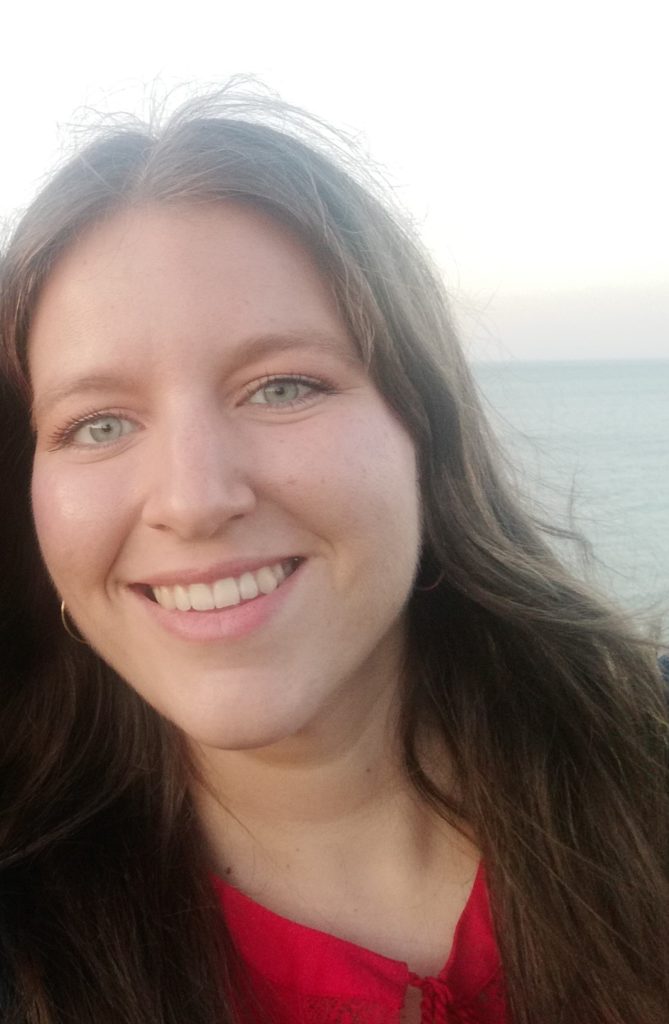
Catarina Neves Damas, Setubal, Portugal
Term of the Fellowship: 7.9. – 22.11.2021
Hosting department: Department of Neurology, Atkinson Morley Wing, St George’s Hospital, London, United Kingdom
Supervisor: Dr. Francesca Morgante
The Movement Disorders group at St. George’s University Hospitals NHS Foundation Trust is integrated in the Atkinson Morley Neurosciences Regional Centre, which serves a population of about 3.5 million inhabitants. Its’ director is Dr. Dominic Paviour.
My tutor for this clinical fellowship was Prof. Francesca Morgante. The team includes several movement disorders consultants, clinical fellows and nurses specialised in movement disorders. The activity was organised in three main areas: 1) Clinics; 2) Day Hospital; 3) Neurology Ward.
The bulk of my clinical activity was to attend the clinics, where I had an observational role.
On Tuesdays I attended movement disorders and deep brain stimulation (DBS) clinics. The movement disorders clinic is dedicated mainly to the observation of patients with Parkinson’s Disease (PD) with motor and non-motor complications; patients with dystonia; and patients with complex movement disorders. The patients with DBS for PD, dystonia or tremor were reviewed in the DBS clinic, either regarding their pharmacological therapy or the DBS parameters.
The Botox clinics took place on Wednesdays. Patients were treated every 4-6 months for focal or segmental dystonias, tremor and hemifacial spasm.
Later on, I also went to the electromyography-guided Botox clinics on Thursday and Friday. These were dedicated to treating patients with complex dystonias, such as oromandibular dystonias, whose injections require a high sensitivity in identifying the correct muscles.
I observed some levodopa tests on Tuesday and Thursday, conducted to evaluate eligibility for advanced therapies in PD.
Furthermore, I attended some functional disorders clinics with Prof. Mark Edwards and Dr. Tiago Teodoro. In this clinic I saw complex cases with a challenging diagnosis or needing advice regarding rehabilitation.
There was also a monthly multidisciplinary advanced therapies clinic that I had the chance to attend, where the DBS team discussed the eligibility of dystonia or Parkinson’s Disease patients for advanced therapies.
Overall, I attended the appointments of 87 patients.
In addition to the movement disorders clinics and meetings, I had the chance to take part in the neurology ward activities over one week. The day started with a meeting between the nurses, physiotherapists and doctors of the team and continued with the ward round. During this period, I observed 14 patients at the ward.
Concerning scientific activity, I was able to attend levodopa tests done for the Boston Scientific® open-label Cartesia eXTend 3D study, as well as a visit for a cervical dystonia study assessing EMG activity ON and OFF DBS.
Finally, I participated in the 1) teaching sessions, that encompass all areas of neurology and are presented by the consultants; 2) in the journal club, where registrars present different kinds of original papers or reviews; 3) the neuroradiology meeting, for which every member of the neurology team is invited to send cases with remarkable findings in brain or spine MRI exams; and 4) in the Neurology Grand Rounds, where either registrars, consultants or guest speakers present a review theme or complex clincal cases.
Overall, it was a very gratifying experience, which helped me consolidate previous knowledge, become familiar with new concepts and further develop my critical thinking.
I would like to thank the EAN for awarding me a grant for a 6-week visit at St. George’s Hospital. I also wish to thank the movement disorders junior team of St. George’s Hospital, namely Dr. Belén Gonzalez, Dr. Madalina Paunescu, Dr. Ioana Cociasu, Dr. Francescopaolo Cucinotta, Dr. Ilaria Bertaina and Kora Montemagno, who contributed substantially to my training. Finally, I would like to thank Prof. Francesca Morgante for having transmitted me some of her knowledge, for her enthusiasm, her support and for believing in my potential as a movement disorders neurologist.




